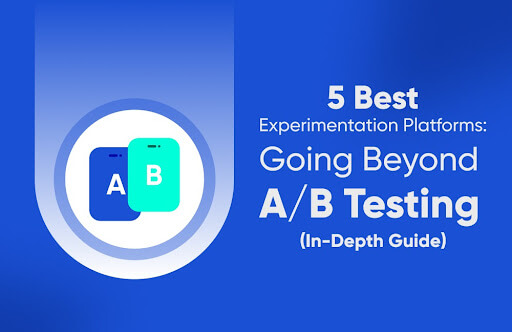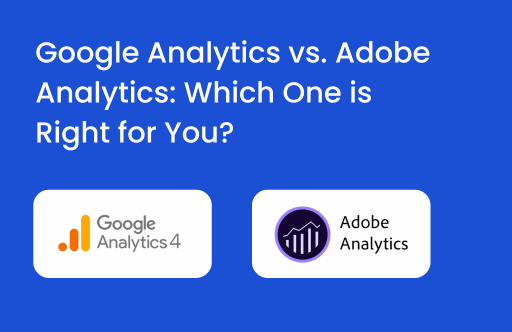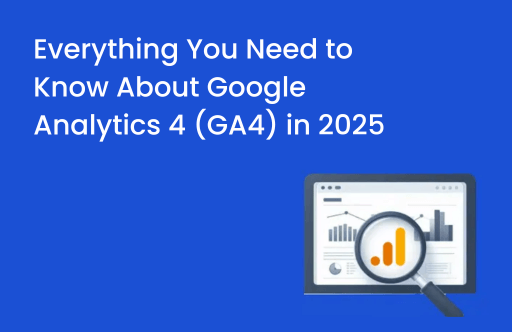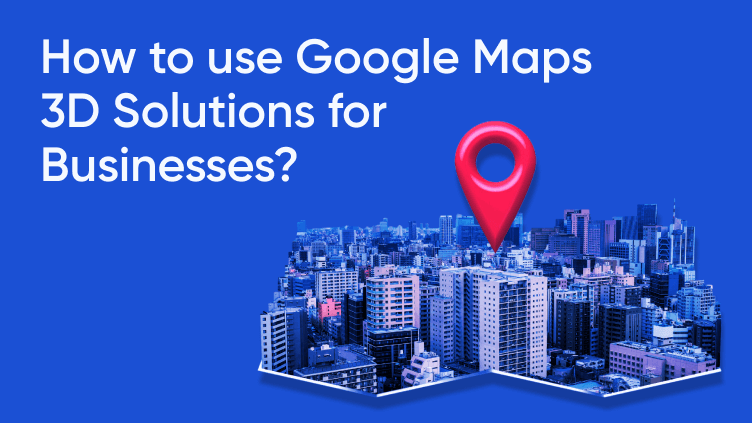Placement targeting is the art of carefully selecting where your advertisements appear. These placements can span websites, individual web pages, mobile applications, video content, and more. It’s about ensuring your ads find the perfect stage to shine.
Why Do Ad Placements Matter So Much?
Experienced advertisers know that where you put your ads is just as important, if not more so, than the content within them. After all, no matter how amazing your ad is, it will only make an impact if it reaches the right audience.
Think of it this way: the position of your ad can be the make-or-break factor in your campaign’s success. Studies reveal the stark contrast in user engagement. Non-premium search engine ads capture only 28% of users’ attention, while premium ads at or near the top of search results engage 90% of users. And users spend significantly more time interacting with premium ads (0.9 seconds versus 0.16 seconds).
Now, imagine the ripple effect of these statistics on ads spread across multiple websites. The platforms that resonate with your target audience exude trustworthiness, and offer cost-efficiency are where you’ll find the most triumphant ad placements.
Different Ad Types & Placements?
Responsive Search Ads (RSA):
The search engine automatically chooses the most effective headline and description based on user queries and performance statistics when you utilise RSA to give several headlines and descriptions.
Best Placements:
Google Search Results: RSA is primarily designed for Google’s search engine results pages (SERPs), making it the best placement for reaching users actively searching for products or services.
Key Note:
The structure of RSA may automatically change to meet available ad spots on search engine results pages.
Best Practices:
Continuous Optimization: Regularly review and optimize your RSA headlines and descriptions based on performance data to improve click-through rates and conversions.
Keyword Integration: Ensure that your headlines and descriptions include relevant keywords to increase ad relevance and quality score.
Diverse Messaging: Create a variety of ad copy to appeal to different user intents and needs.
Call-Only Ads:
These advertisements aim to increase phone calls to your company. Typically, they have a title, contact information, and description.
Placement:
Call-only advertisements are seen on mobile devices and are perfect for companies who wish to encourage calls from prospective clients.
Display Ads:
Display advertising includes graphics, movies, and other visual advertisements. They may appear on websites, applications, and YouTube as a part of the Google Display Network.
Placement: Display advertising may be placed on a variety of websites and applications inside the display network and are good for increasing brand recognition.
Video Ads:
Short video snippets called “video ads” are used to advertise goods and services. They may show up on websites like YouTube and others that host videos.
Placement
Key Note: YouTube displays video adverts that may be tailored depending on user activity and interests.
Shopping Ads
Shopping advertisements include product photos, titles, costs, and shop names. E-commerce companies frequently use them to highlight their items.
Placement: Google Shopping and search engine results pages both display shopping adverts.
Audio Ads
These are standard audio advertisements that play before, during, or following music songs or podcast episodes. Their length might vary.
Placement: Podcasts, internet radio stations, and music streaming services like Spotify frequently have audio ads. They usually start playing after a song ends or when there are pauses in the podcast’s narrative.
The Significance of Ad Location
Even in the digital age, where physical sales points have given way to digital counters, the location where your products are displayed matters. It can make or break your sales. In the online realm, the importance of ad placement remains as crucial as ever. No matter how effective your ads may be, they will only achieve the desired results if placed strategically.
In essence, your ads must be seen by your target audience. Even the most compelling ads can fall flat if they need to be in the right place. The best advertising can fail if it lacks the proper location, even in front of many potential buyers.
Types of Ad Placement Targeting
- Geographically Targeted Advertisements: These target specific geographic locations, directing ads to websites or apps within a particular city or region. It’s ideal for reaching individuals in specific areas interested in your product or service.
- App Installation Ads: Aimed at users downloading apps from platforms like Google Play Store or AppStore. These ads encourage app installations and can be tailored based on user location, preferences, and more.
- Relevant Content Ads: Positioned on websites when users interact with content relevant to the ad’s subject matter. These ads cater to users genuinely interested in the product or service.
- Audience Targeting: Precision is critical. Digital platforms offer advanced targeting options based on demographics, interests, behavior, and location. By placing ads where your target audience is likely to be, you increase your chances of capturing their attention and driving conversions.
- Contextual Relevance: Placing ads in relevant contexts boosts their effectiveness. For instance, showing running shoe ads on a fitness-related website or travel packages on a travel blog increases user interest and engagement.
- Visibility and Attention: Ad placement in prominent and attention-grabbing positions can significantly impact performance. Ads placed “above the fold” tend to receive more views and clicks, while prominent roles or content users engage with can boost visibility and capture user attention.
- Ad Fatigue Mitigation: Careful ad placement and creative rotation prevent users from becoming immune to your message or developing a negative perception. This maintains user interest in your campaigns.
- Ad Fraud Prevention: Strategic ad placement reduces the risk of ad fraud. Placing ads on trusted platforms and using reliable advertising networks minimizes fraudulent activities like fake clicks or impressions.
Effective Ad Placement Strategies
Placing your ad strategically is crucial, but how can you be sure you’ve made the right choices? Here are some pointers to help you ensure your ad placements are on point
Above-the-Fold: Place a prominent ad unit at the top of your webpage, ensuring it’s immediately visible without users needing to scroll down. This position maximizes initial user exposure and engagement, making it an ideal spot for grabbing attention and conveying your message effectively.
In-Content Ads: Seamlessly integrate ads within your content, strategically placing them between paragraphs or sections where they naturally fit. This approach enhances contextual relevance and minimizes disruption, creating a more user-friendly and engaging experience for your audience.
Sidebar/Inline Rectangles: Utilize sidebar ads and inline rectangles to engage both desktop and mobile users. These placements are effective in catching the peripheral attention of users as they browse your content, delivering your message without being overly intrusive.
Header/Footer Ads: Capture user attention by placing ad units in the website’s header and footer. These locations are known for high visibility and are generally non-intrusive, allowing you to convey your message effectively without disrupting the user’s experience.
Sticky/Floating Ads: Implement sticky or floating ads that move with users as they scroll down the page. This approach ensures continuous ad visibility while remaining unobtrusive to the content. It’s an excellent way to maintain user engagement throughout their visit.
Interstitial Ads: Use interstitial ads that appear as full-page overlays between content or during natural breaks in the user journey, such as between articles. Exercise caution to avoid overwhelming or annoying users, as this placement can be highly effective if executed thoughtfully.
Responsive Ad Units: In an era of diverse devices and screen sizes, it’s crucial to ensure your ad units are responsive. This means they can adapt seamlessly to the screen dimensions, whether it’s a large desktop monitor or a small mobile phone. Responsive ad placement guarantees that your ads not only look visually appealing but are also optimally positioned, regardless of the device users are using. This consistency in user experience is essential for keeping your audience engaged and ensuring that your message is effectively delivered to all your visitors.
Native Ads: Native advertising takes a user-centric approach, seamlessly blending ads with your site’s content using formats that mimic the style and format of your site. By doing so, native ads feel less intrusive, making users more likely to engage with them. This method offers a win-win situation: it allows you to convey your message while maintaining a positive user experience. Native ads also tend to perform better and are often less likely to be perceived as disruptive or annoying by your audience.
A/B Testing: A/B testing is a data-driven approach to refining your ad placement strategy. By continuously experimenting with different ad placements, you can identify which options work best for your specific audience and content. This method allows you to make informed decisions based on real user behavior, ensuring your ad placements are continually optimized for maximum effectiveness.
Mobile Optimization: Given the significant portion of web traffic originating from mobile devices, prioritizing mobile ad placement is paramount. Mobile optimization involves ensuring that ads are seamlessly integrated and responsive on smaller screens. Mobile-friendly ad placements contribute to a positive mobile user experience, which is crucial for retaining and engaging your audience.
Ad Density Control: Overcrowding your site with ads can negatively impact user experience, potentially driving away visitors and reducing the quality of traffic. Maintaining an appropriate ad density ensures that your content remains the primary focus, while ads complement the user experience without overwhelming it. To determine what constitutes appropriate ad density, you can refer to guidelines from resources like Google’s Ad Experience Report.
Ad Viewability Monitoring: Ad viewability is a critical metric to track, as it confirms whether ads are being seen by users. Implement ad viewability measurement tools to ensure that your ads are effectively reaching your audience. Prioritize ads with a high viewability rate, as these are more likely to engage users and convey your message effectively.
Ad Policy Compliance: Adhering to the policies of your chosen ad network, such as Google AdSense, is essential. Avoid deceptive or misleading ad placements that may violate these policies, as non-compliance can lead to repercussions for your site. Ensuring that your ad placements meet the standards set by your ad network is crucial for a sustainable and ethical ad strategy.
Performance Monitoring: Regularly analyzing the performance of your ad units is essential for optimizing ad placements. By assessing the data and user behavior, you can make informed adjustments to your ad placements. Tools like heatmaps and analytics can provide valuable insights into how users interact with your ads, enabling you to refine your strategy and achieve better results.
In conclusion
ad placement is the art of strategic advertising, ensuring your ads reach the right audience in the right context. This maximizes user engagement, click-through rates, conversions, and overall campaign effectiveness. In the world of Internet advertising, ad placement is a vital key to success.






